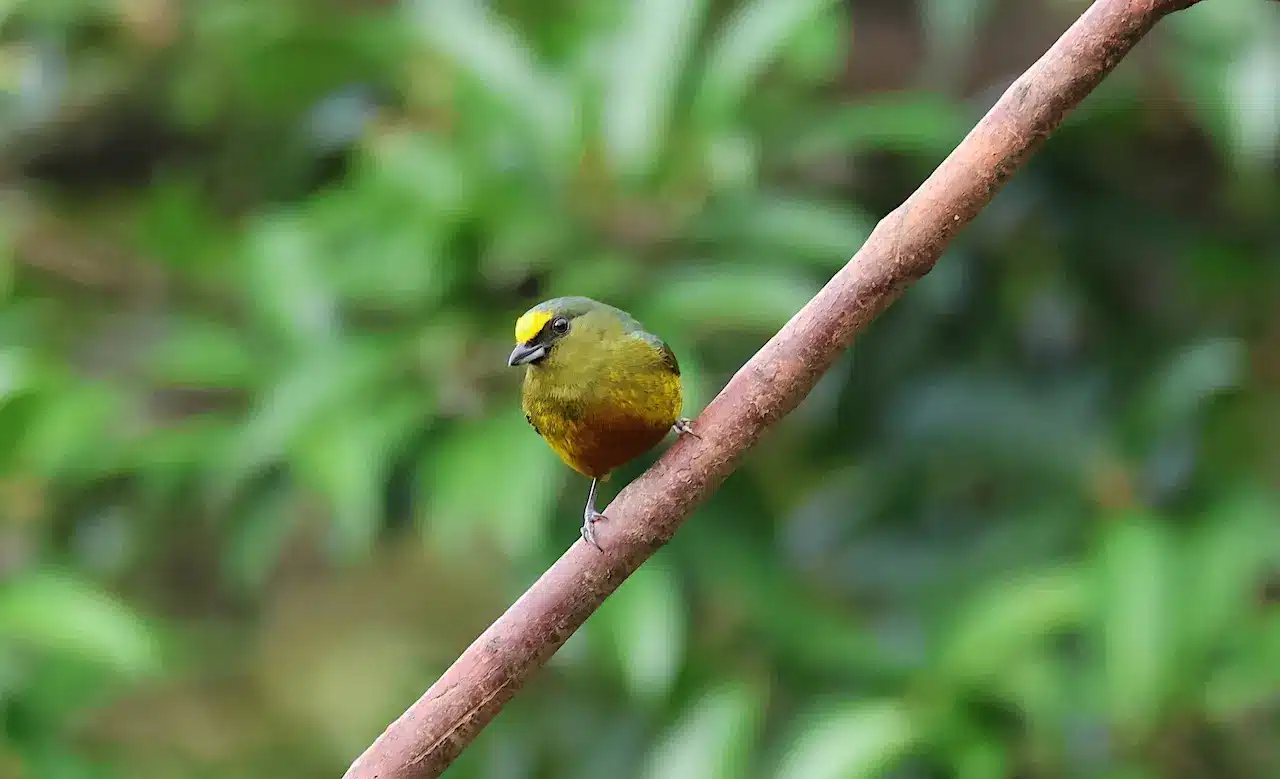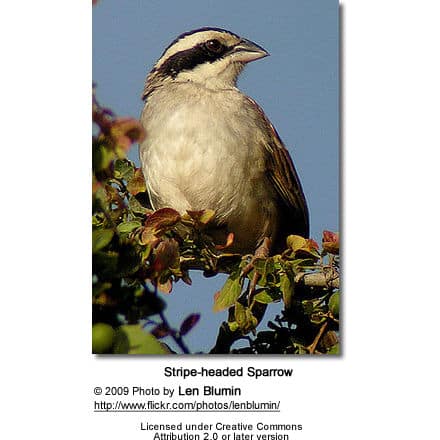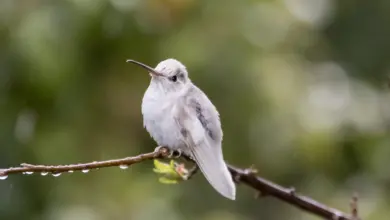Red-billed Streamertails Hummingbirds
The magnificent Red-billed Streamertails Hummingbirds (Trochilus polytmus) are only found on the Caribbean island of Jamaica, where they are quite common along the coast and in the mountains.
They are also known as the Doctorbirds, God Birds, Scissors Tails, Longtail Hummingbirds, or Western Streamertails – differentiating them from the Black-billed Streamertails found in eastern parts.
These two are closely related and some consider the Black-billed Streamertails a subspecies.
Interesting Facts about Streamertails
Distribution / Habitat
Red-billed Streamertails are only found in Jamaica, where they are quite common west of a line from Morant Bay following the Morant River, and via Ginger House and the middle Rio Grande to Port Antonio.
They are generally less common in the eastern areas and appear to be absent from the northeastern coastal areas altogether. The closely related and similar Black-billed Streamertails are only found in the extreme eastern part of Jamaica. Their ranges overlap between the Blue Mountain and John Crow Mountain ranges in eastern Jamaica where these two species interbreed.
These hummingbirds occur in all habitats from sea level to the highest mountains, but they are most abundant in closed forests. However, they also visit plantations, parks, and gardens with suitable feeding flowers and hummingbird feeders.
They are resident (non-migratory) within their range.

Description
Size: Red-billed Streamertails measure about 3.25 – 3.5 inches (9 – 10 cm) in length; the long tail feathers of the males (streamers) add another 6 – 7 inches (15 – 18 cm). Male Red-billed Streamertails have the longest tail feathers of any hummingbird. Both males and females have long, bright red, black-tipped bills that are slightly curved down.
The adult male has a bright iridescent emerald green body (paler on the back); a black head and a black, glossy throat. The black wings and tail are edged in green. The second to outermost tail feathers are elongated to form “streamers”, which are often crossed like the old-fashioned coattails of doctors – hence, Jamaicans refer to them as the “Doctor birds.” These long, black tail feathers trail behind them in flight making a humming sound.
There are lateral crown feathers that are elongated behind the nape forming ear tufts.
Juvenile males and molting adult males lack the long tail feathers.
The female is green above, except for the grey-brown head, and white below other than the dark green sides and some slight spotting on the side of the throat. She lacks the long tail feathers of the male; instead, these outer tail feathers are tipped white.
Similar Birds:
- Black-billed Streamertail (Trochilus scitulus) – can be identified by their black bills. There are also differences in the width of the bill, to some degree body size, and differences in courtship behavior and vocalizations.
Hummingbird Resources
- Hummingbird Information
- Hummingbird Amazing Facts
- Attracting Hummingbirds to Your Garden
- Hummingbird Species
- Feeding Hummingbirds
Diet / Feeding
Red-billed Streamertails primarily feed on nectar taken from a variety of brightly colored, scented small flowers of trees, herbs, shrubs, and epiphytes. They favor flowers with the highest sugar content (often red-colored and tubular-shaped) and seek out, and aggressively protect, those areas containing flowers with high-energy nectar.
They use their long, extendible, straw-like tongues to retrieve the nectar while hovering with their tails cocked upward as they are licking at the nectar up to 13 times per second. Sometimes they may be seen hanging on the flower while feeding.
Many native and cultivated plants on whose flowers these birds feed heavily rely on them for pollination. The mostly tubular-shaped flowers exclude most bees and butterflies from feeding on them and, subsequently, from pollinating the plants.
They may also visit local hummingbird feeders for some sugar water, or drink out of bird baths or water fountains where they will either hover and sip water as it runs over the edge; or they will perch on the edge and drink – like all the other birds; however, they only remain still for a short moment.
They also take some small spiders and insects – important sources of protein particularly needed during the breeding season to ensure the proper development of their young. Insects are often caught in flight (hawking); snatched off leaves or branches, or taken from spider webs. A nesting female can capture up to 2,000 insects a day.
Males establish feeding territories, where they aggressively chase away other males as well as large insects – such as bumblebees and hawk moths – that want to feed in their territory. They use aerial flights and intimidating displays to defend their territories.
Breeding / Nesting
Thanks to the island’s temperate climate, breeding occurs throughout the year; however, most nesting activities are observed between April through June. Males attract females by waving and showing off their long streamers.
Hummingbirds are solitary in all aspects of life other than breeding, and the male’s only involvement in the reproductive process is the actual mating with the female. They neither live nor migrate in flocks, and there is no pair bond for this species. Males court females by flying in a U-shaped pattern in front of them. He will separate from the female immediately after copulation. One male may mate with several females. In all likelihood, the female will also mate with several males. The males do not participate in choosing the nest location, building the nest, or raising the chicks.
The female Red-billed Streamertailed is responsible for building the tiny cup-shaped nest out of plant fibers woven together and green moss on the outside for camouflage in a protected location in a shrub, bush, or tree (or as can be seen in the image to the right – they may take advantage of man-made structures). She lines the nest with soft plant fibers, animal hair, and feathers down, and strengthens the structure with spider webbing and other sticky material, giving it an elastic quality to allow it to stretch to double its size as the chicks grow and need more room. The nest is typically found on a low, skinny horizontal branch.
The average clutch consists of two bean-sized, white eggs, which she incubates alone for about 14 to 20 days, while the male defends his territory and the flowers he feeds on. The young are born blind, immobile, and without any down. The female alone protects and feeds the chicks with regurgitated food (mostly partially digested insects since nectar is an insufficient source of protein for the growing chicks). The female pushes the food down the chicks’ throats with her long bill directly into their stomachs.
As is the case with other hummingbird species, the chicks are brooded only the first week or two and are left alone even on cooler nights after about 12 days – probably due to the small nest size. The chicks leave the nest when they are about 3 weeks old.
Red-billed Streamertails can produce 1 to 3 broods per year.
Calls / Vocalizations / Sounds
The calls of the Red-billed Streamertails are described as sharp, loud, high-pitched teeet-teeet or tee-tee-tee; or loud, metallic-sounding “chink-chink” or “‘ting, ting.”
Their voices are commonly heard on the island. The long tail streamers of the males are scalloped and fluted on the inside, creating high whining humming sounds in flight.
Alternate (Global) Names
Chinese: ?????? … Czech: kolib?ík ?ervenozobý … Danish: Rødnæbbet Vimpelhale … Dutch: Wimpelstaartkolibrie … Finnish: Jamaikanpyrstökolibri … French: Colibri à tête noire … German: Giamaica Wimpelschwanz, Rotschnabel-Jamaikasylphe, Wimpelschwanz … Italian: Colibrì coda a bandiera della Giamaica … Japanese: fukinagashihachidori … Norwegian: Rødnebbstrimmelstjert … Polish: koliber czarnoglowy, koliber czarnog?owy … Russian: ?????????????? ???????, ????????????]?????????????? ??????? … Slovak: kolibrík cervenozobý, kolibrík ?ervenozobý … Spanish: Colibrí Portacintas Piquirrojo … Swedish: Rödnäbbad fladderstjärt




